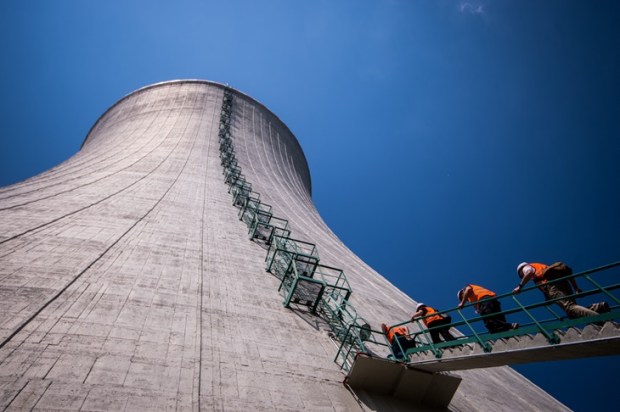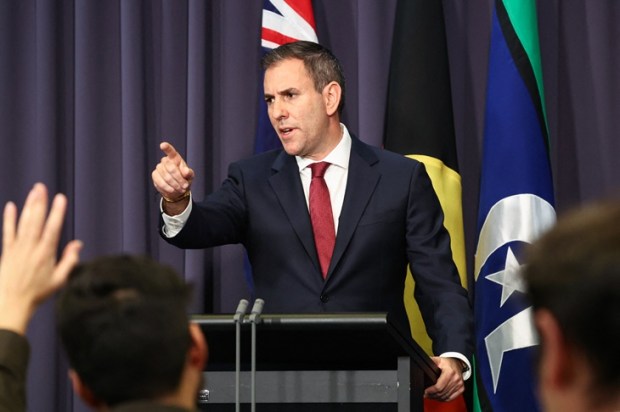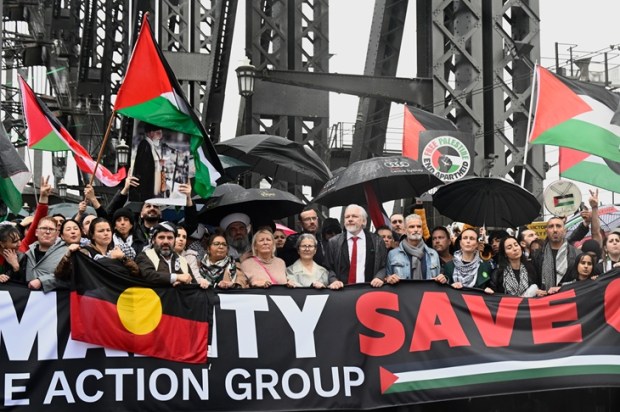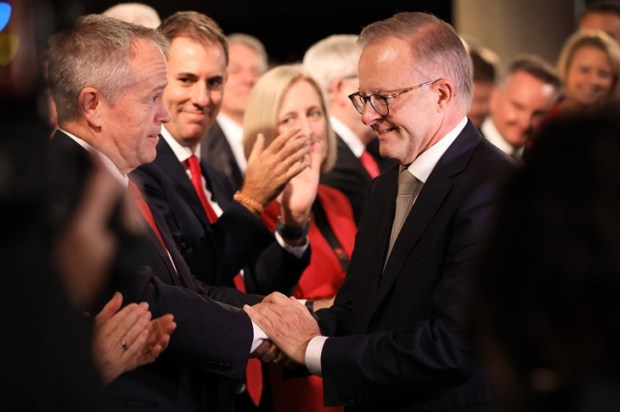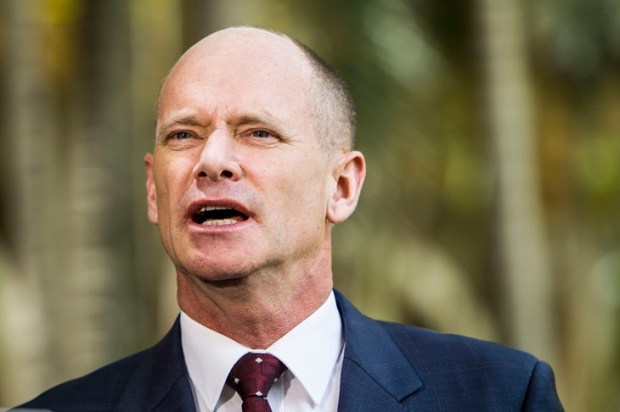Lavender fields stretch to the horizon in Tricastin, broken only by green rows of vineyards, blooming flowers, terracotta rooftops, and the unmistakable silhouette of nuclear reactors. Under the brilliant southern French sky, I wasn’t there to admire the scenery. I had come to see one of Europe’s most important and often misunderstood national assets: the Tricastin nuclear platform.
What I witnessed there challenges everything we think we know, not just about nuclear energy, but about the very idea of progress.
We’ve been led to believe that nuclear energy exists in opposition to natural beauty or community well-being. But in Tricastin, nuclear power is not an eyesore, it’s a French source of pride. The Orano and EDF facilities operate in harmony with the surrounding region, employing thousands, powering millions, and helping protect the planet, while fields of lavender bloom right outside the fence.
Contrary to popular misconception, nuclear is not something the French simply tolerate. It is something they chose, built, refined, and now celebrate. The people living near the Tricastin site, the engineers, the farmers, the crocodile breeders, are not afraid. They are employed. They are informed. And they are also at ease.
Yes, I said crocodile breeders. At Pierrelatte, thermal energy from the nuclear plant is reused to warm the waters of one of Europe’s most successful crocodile farms, an example of how nuclear byproducts can fuel biodiversity and economic activity. It is a poetic reversal: the supposed ‘waste heat’ of a nuclear reactor is now the lifeblood of a thriving regional business.
I only just started to understand that our greatest challenges, climate change, energy insecurity, and the transition from fossil fuels, are not barriers to progress, but invitations to innovate. France understood this decades ago.
In the wake of the 1973 oil shock, France faced the sobering reality that dependence on imported fossil fuels meant vulnerability: economic, strategic, and political. In response, the government launched the Messmer Plan, a bold and rapid transition to nuclear energy. Over the next two decades, France built 56 nuclear reactors and transformed its energy landscape. Today, more than 70 per cent of France’s electricity is generated from nuclear, giving it one of the lowest carbon intensity profiles in Europe.
The Tricastin site exemplifies this legacy and its future. It is one of the largest integrated nuclear energy sites in Europe. The four EDF-operated pressurised water reactors at Tricastin generate approximately 24 TWh (terawatt-hours) of electricity annually, enough to power more than 3.5 million homes.
Orano’s adjacent fuel cycle platform includes uranium conversion, enrichment, and deconversion facilities. The George Besse II enrichment plant, using centrifuge technology, can currently deliver up to 7.5 million SWU (separative work units) per year, where SWU is the standard measure of the work needed to enrich uranium for fuel. With its new expansion under construction, capacity will double to 15 million SWU.
Together, these facilities support more than 4,500 direct jobs in the region, sustaining an ecosystem of local economic resilience that includes engineering, logistics, services, and even ecotourism.
More importantly, this nuclear cluster helps avoid millions of tonnes of CO₂ emissions each year, emissions that would otherwise come from fossil fuels.
Tricastin is not only strategic, it is clean.
Tricastin is also dismantling old facilities like the cooling towers and gas diffusion plant, showing strong environmental responsibility.
I visited the site as Orano launched construction of four additional enrichment modules, one of the largest active infrastructure projects in Europe’s energy sector today. The ambition is clear: to safeguard sovereign fuel supply for Europe in a time of growing geopolitical uncertainty.
President Emmanuel Macron has made nuclear central to France’s national revitalisation strategy. His France 2030 plan commits more than €50 billion to energy sovereignty, reindustrialisation, and technological leadership.
Macron has already announced six new EPR2 reactors, with eight more under study. Investment is also flowing into small modular reactors (SMRs), fusion startups, and fuel cycle modernisation. Macron understands that there can be no energy security, no economic sovereignty, no AI revolution, and no defence strategy without firm, dispatchable, clean energy.
This leadership is reflected in the numbers. France’s electricity sector produces an average of just 50 kg of CO₂ equivalent per megawatt-hour, already meeting the Paris Agreement threshold and ranking among the lowest in the world for industrialised nations. In comparison, Germany’s emissions intensity is at least four to five times higher, often exceeding 300-400 kg CO₂ per MWh, due to a heavier reliance on coal and gas. Despite its investment in renewables, Germany has become a net importer of low-carbon power from France to meet demand.
The contrast is striking: while Germany shut down its nuclear fleet, France doubled down, and is now reaping the benefits of energy security, affordability, and decarbonisation. Many European nations such as the UK, Sweden, the Netherlands, and even Belgium, are now reversing course and following France’s lead.
The global investment community is taking note. French pension funds and institutional investors are now backing advanced nuclear. Venture capital is flowing into clean energy hard tech. From industrials to tech, the appetite for dense, reliable, zero-carbon baseload power has returned, and it’s growing.
My visit to Tricastin left me both inspired and unsettled. Inspired, because the future is already being built. Unsettled, because some nations are falling behind.
Australia, my home, sits on the world’s third-largest uranium reserves. We have engineers, regulators, democratic institutions, and a public that is increasingly ready to embrace advanced nuclear. Yet we are held back by Cold War-era bans and decades of political caution. We have a chance to lead in the next phase of clean energy, but the clock is ticking.
The world must move beyond ideology and embrace reality. The clean energy transition is not a dream, it is a task. And it requires every tool at our disposal. Wind and solar are vital, but variable. Batteries store, but they don’t generate. Only nuclear offers the scale, reliability, and energy density to meet net-zero goals without compromising prosperity.
What I witnessed in Tricastin is what the ‘just transition’ actually looks like: good jobs, strong communities, national pride, and international leadership.
There is no energy miracle waiting to be discovered. The miracle is here. It’s called nuclear. It’s proven, it’s improving, and it’s indispensable.
France chose courage. The rest of us must do the same. Because in Tricastin, the future of energy isn’t a distant dream; it’s already running, quietly and powerfully, in the background.
Cristina Talacko, Coalition for Conservation


